Getting Creative in the Great Outdoors: top tips for making art outside
The benefits of spending time outdoors and connecting with nature can be hugely beneficial to our mental and physical wellbeing – no matter what the weather! Maybe you enjoy tending to your garden, taking a walk in a local park or combing the beach for amazing treasures?
Getting outside with some basic art materials is another great way to reap the benefits of being outdoors. It can lift our mood, reduce feelings of stress, and help us get some physical exercise, as well as encourage us to break our usual art habits and get creative in new and interesting ways.
As part of his own art practice, Room for Art artist Fraser Gray often creates murals and painted installations outdoors. Here he has shared some of his top tips
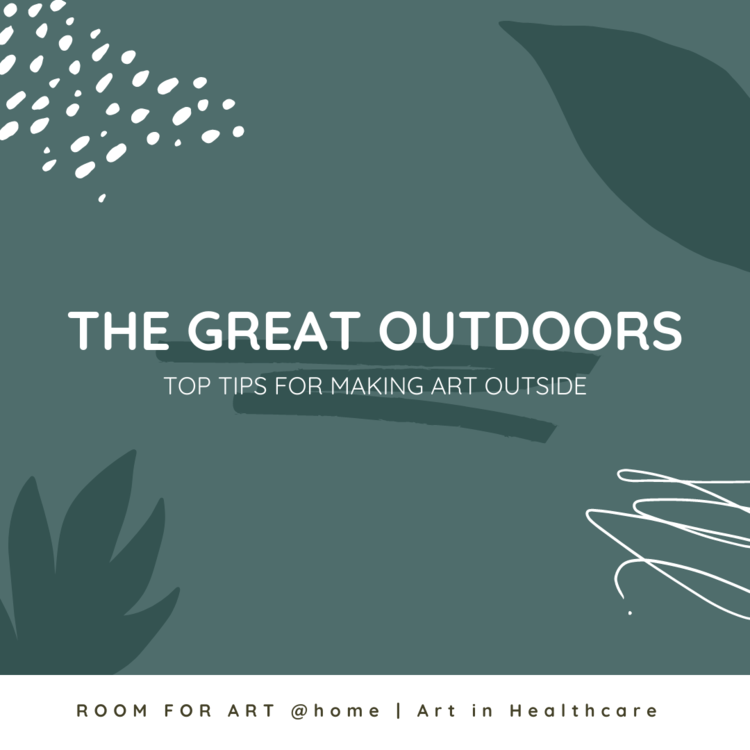
Location
Often, we look to traditionally ‘beautiful’ locations for inspiration and these are of course brilliant places for artists, but even the ugliest of streets have something to offer. Try looking for usual and interesting colours, building patterns, road markings, street furniture, weeds and other foliage. Every trip outside has some creative inspiration on offer if you look hard enough.
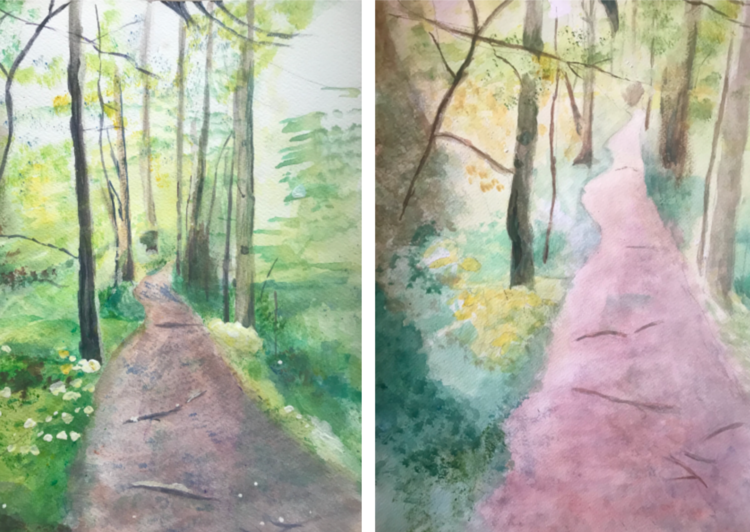
Weather
As tempting as it is to wait for the sunshine, don’t be put off by unpleasant weather. Stick on your raincoat and give it a go! Grey days can create interesting and unusual colour combinations. If it’s cold, why not pack a flask of tea?
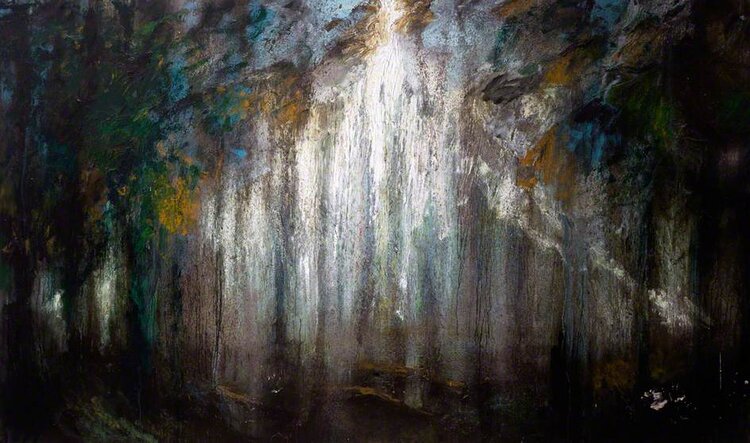
If the weather is super nice and really sunny, it can be a good idea to wear a peaked hat. White paper can glare in bright sunshine, so also consider working on coloured or toned paper if you have it.
If you find that the light is changing quickly, or the objects you are trying to draw move, you can use your phone to take a quick reference photo to refer back to later.
Pack Light
Packing light can help you make decisions faster and give you more time to focus on your subject. Fewer colours can also result in more harmonious effects. Ask yourself what materials you would like to use and try to only pack the things you need to use them. Do you really need all those brushes, or could you get away with one or two? Or better still, is it possible to create a painting using no brushes at all and only found materials?
However, there are some things that might be useful to take with you. Using a clip to keep your sketchbook open while you’re working will make it easier to do a double-page spread if you are working big. It might be an idea to take paints in a lidded tin too as you can use the lid to mix colours in. Just remember to clean up when you’re back home – especially if you are using acrylics. Some restaurant napkins or paper towels for cleaning brushes could be helpful too. Oh and don’t forget the snacks!
Found Materials
You can glue found materials into your sketchbook, or simply store them between pages to take out later. When you return home, revisiting these items will transport you back to your outdoor location. Or, of course, they can be used directly in your work through collage.
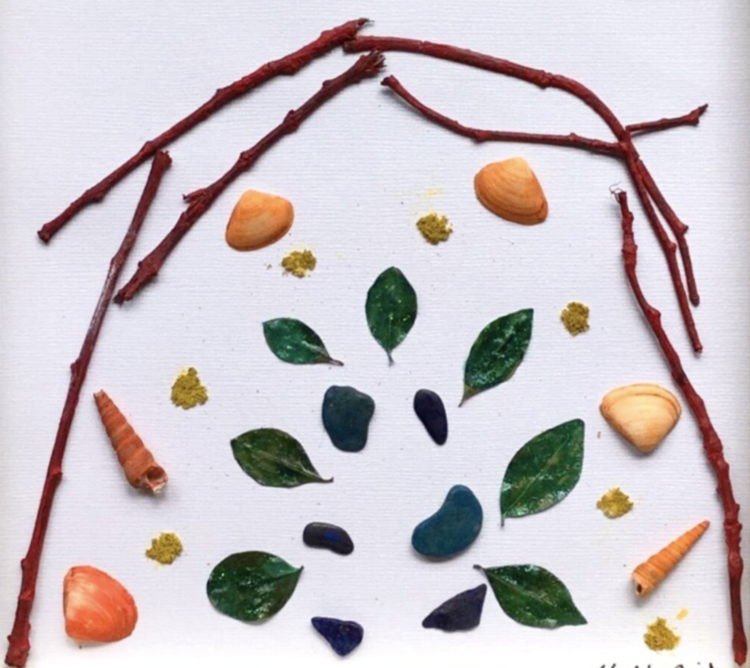
These could be things that you simply like the colour of and want to remember. If you are at the beach, they could be shells, sand, seaweed or bits of driftwood. In the city, maybe packaging, discarded tickets or leaflets.
Water
If you’re low on space or don’t want to carry the extra weight, it’s usually pretty easy to find a little water for your painting needs. Rivers, rain-filled puddles, bathrooms and the sea can all spare a little for our needs. Don’t worry too much about quality. What’s nice about found water is that it ties your work to location, in a beautiful, poetic kind of way.
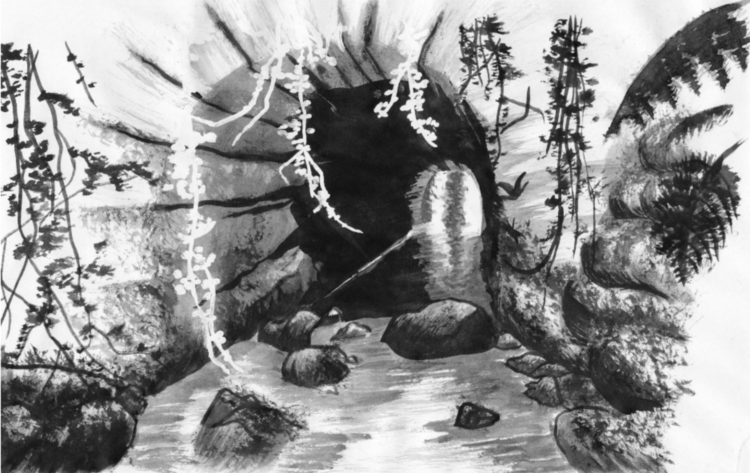
Viewfinders
A viewfinder is a great tool for framing a scene outside before you start drawing. You can use a page of your sketchbook to make one by cutting out a rectangle in the middle. You can also use it to draw rectangles of the size and ratio on your pages. Store it at the back of your sketchbook to keep it safe.
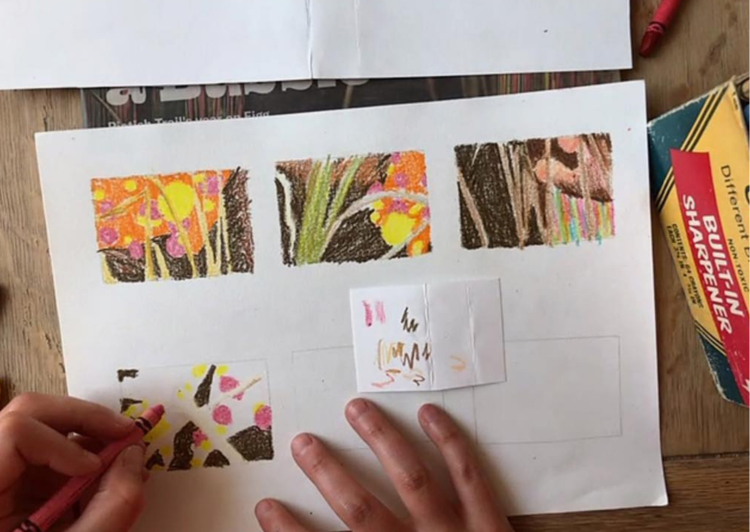
25 January 2023 by
Ursula Bevan Hunter
